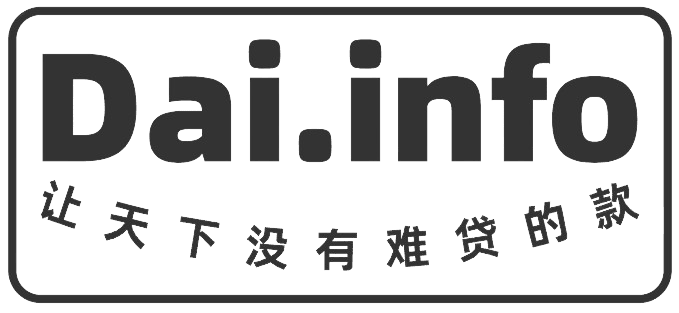Is the AMAA manual audit
i don't know10,015 times
With the rapid growth of the Internet and advances in financial science and technology, more and more people are paying attention to and using various types of online lending products. As a line-based micro-credit product launched by the Bank of Agriculture of China, the Bank's micro-lending has received considerable attention. The question of whether or not the AAMF is manually audited also raises a number of doubts. In this article, we will analyse whether the AAMF is manually audited from multiple angles。
Is the AMAA manual audit
First, as a financial product, the AAMF naturally requires an audit to assess borrowers ' qualifications and repayment capacity. However, there are several aspects to be examined as to whether the specific method of review is manual。
BASED ON THE INTRODUCTION AND OFFICIAL DESCRIPTION OF THE PRODUCTS OF THE ACLU, A COMPLETE ONLINE APPLICATION PROCESS HAS BEEN INTRODUCED. BORROWERS ARE REQUIRED TO DOWNLOAD THE APP AND COMPLETE THE APPLICATION INFORMATION, INCLUDING PERSONAL INFORMATION, WORK INFORMATION, INCOME, ETC. FOLLOWING THE SUBMISSION OF THE APPLICATION, THE SYSTEM AUTOMATICALLY REVIEWS THE INFORMATION PROVIDED BY THE BORROWER. THIS PROCESS INCLUDES, INTER ALIA, THE VALIDATION OF IDENTITY INFORMATION PROVIDED BY THE PUBLIC SECURITY SERVICES, THE USE OF WIND-CONTROL MODELS AND ALGORITHMS TO ASSESS THE CREDIT RISK OF BORROWERS。
However, an automatic review alone is not sufficient. In practice, the Bank's Micro-Agility is subject to a manual review of high-risk borrowers on an automatic basis. This is mainly due to the need for risk management to ensure the authenticity of borrowers and repayment capacity. Through manual audits, banks are able to obtain more accurate information about the creditworthiness of borrowers and improve the accuracy and security of loan approvals。
Second, manual auditing is an essential part of the process, in terms of its operationalization. Once the borrower has submitted an application, the initial decision is made on the basis of an automatic review. In cases of high-risk applications or where automatic clearance is not possible, borrowers will be manually audited. Specific forms of manual clearance may include telephone verification by professionals, on-site audits or additional requests for applications. This manual clearance allows for a better understanding of the situation of borrowers and ensures the security and compliance of loans。
Finally, the manual review of the AAMF also needs to be considered from a bank perspective. While the introduction of manual audits increases the cost and workload of banks, it is also a guarantee for both borrowers and banks. Through manual audits, banks can better capture the true situation of borrowers and reduce the risk of fraud and repayment. At the same time, borrowers can get more accurate and timely answers to their problems and increase the level of satisfaction and trust in the experience of borrowing。
On the basis of the above, the Bank's Micro-Agricultural Facility has been used as a combination of automatic and manual audits in the loan application process. Automatic audits can improve efficiency and accuracy, while manual audits can provide a better understanding of the situation of borrowers and reduce risk. As a result, we can assume that both automatic and manual audits are undertaken to ensure that the borrowing process is safe and smooth。
